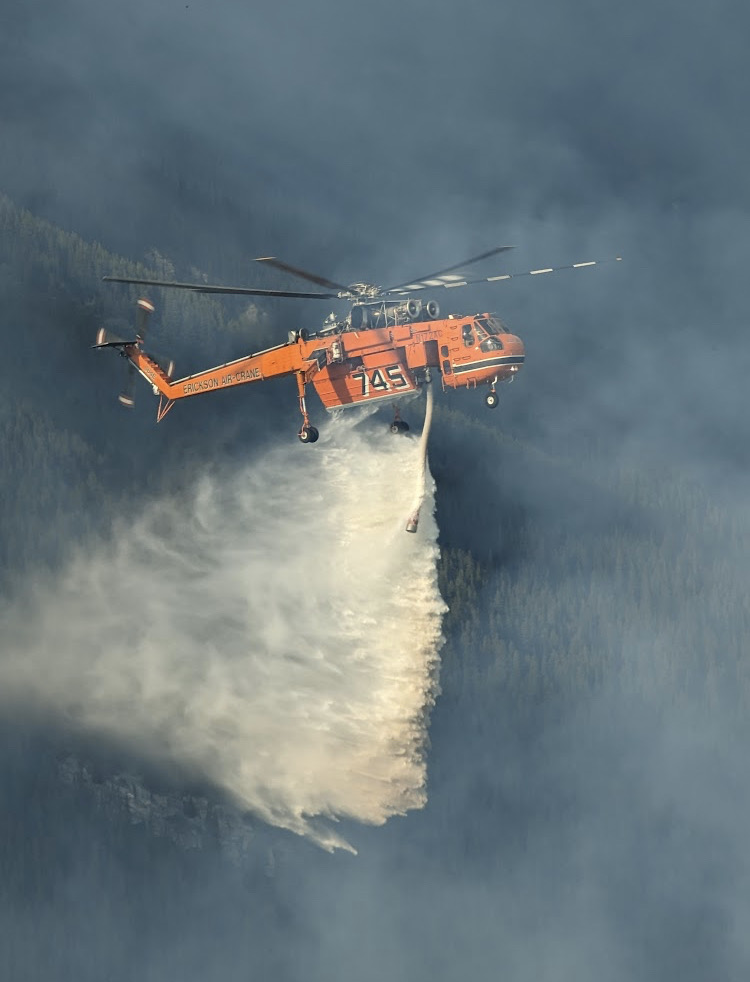
Any time a wildfire starts, the airspace surrounding the fire is automatically considered flight restricted as per Section 601.15 of the Canadian Aviation Regulations, to protect the safety and ability of pilots to be able to respond to the fire as needed. This restriction applies to any non-firefighting aircraft, including but not limited to private planes, gliders, drones and recreational air-sports such as hang-gliders and paragliders.
On some incidents, an Air Operations Branch Director works closely with Transport Canada to modify the automatic boundaries of the restricted airspace to ensure that impacts to others are limited, if possible, while also ensuring that operational safety is prioritized. This modified airspace is known as a formal NOTAM and information of all formal NOTAMs can be found at: https://plan.navcanada.ca/wxrecall/
The top priority during any wildfire response is the safety of first responders and the public. This means that the airspace used by wildfire response aircraft is explicitly prohibited to any other users, to limit any interference with flight paths and to allow aircraft to focus on their objectives to support wildfire suppression. Even small wildfires can be the centre of intense aviation activity.
Helicopters and airtankers are a vital part of any wildfire response in British Columbia and are being used regularly on fires across the province. Aviation resources are mainly used to support the work of ground crews, by providing water delivery support, transporting crews and gear and completing patrols to assess the severity of fire behaviour, among other uses.
When an incursion into a restricted airspace occurs, firefighting aircraft may need to be grounded while the airspace is secured, or flight paths may be impacted, slowing down response time and effectiveness of water or retardant delivery.
We want to remind the public that the operation of any aircraft not associated with fire suppression activities within this area, including unmanned aerial vehicles (UAVs or drones), is illegal. Anyone found interfering with wildfire control efforts (including flying drones or UAVs) can face penalties up to $100,000 and/or up to one year in jail.
Out of respect for the lives and safety of those responding to wildfires and in the interest of public safety, British Columbians are asked to keep their drones and all recreational aircraft well away from wildfires.
